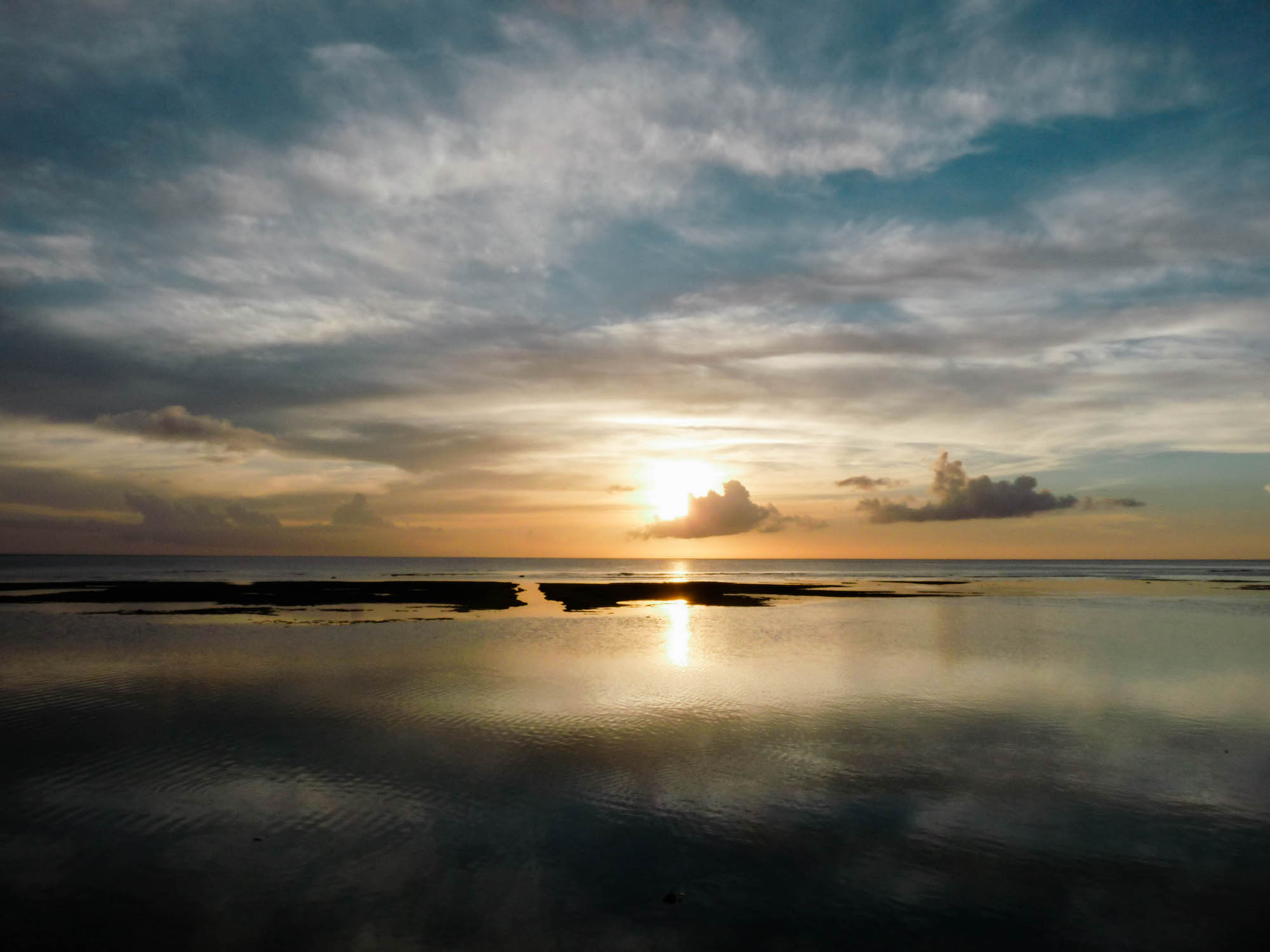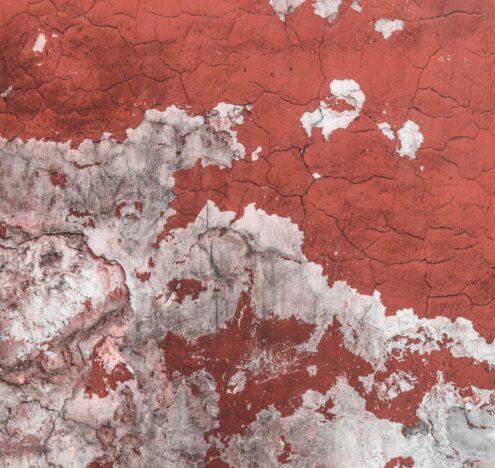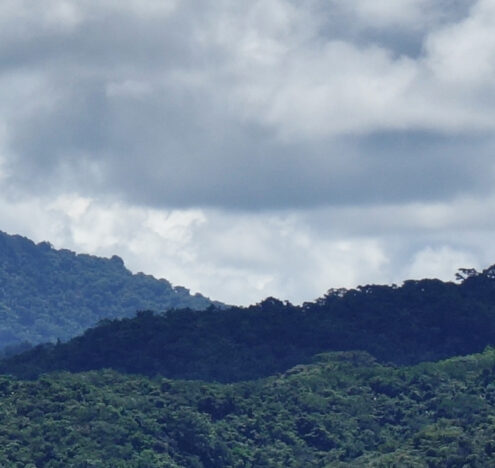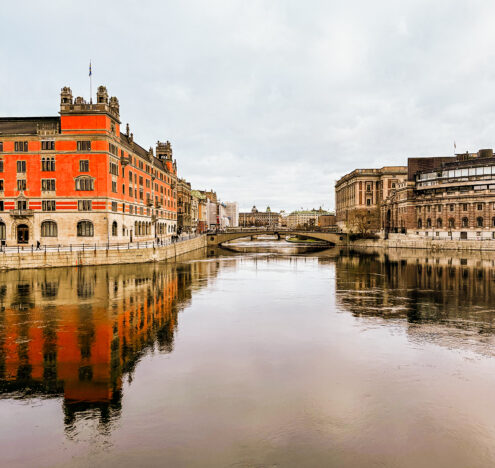Chamorro human rights lawyer and activist Julian Aguon has a message for young people: “Get quiet,” so you can hear your own inner ocean above the din of others. In Aguon’s newly published “The Properties of Perpetual Light” (University of Guam Press) he tells a graduating class of high school students that if they learn to be quiet, they will become good listeners to their own ocean.
In this compact collection, Aguon explores the inequities of colonialism, nuclearism, and militarism on his home island of Guam and other US Affiliated Pacific Islands, pushing off like from a boat launch, paddling into the depths of identity and imagination as he writes about his favorite writers (Alice Walker, Arundhati Roy, Kathy Jetñil-Kijiner) for other writers.
“The Properties of Perpetual Light,” Aguon explains, “is an homage of sorts to the work of the activist-writer, which is the work of bearing witness, wrestling with the questions of one’s day, telling children the truth.”
Throughout this collection of essays, poems, addresses, and eulogies, all pretenses are discarded, all defenses dropped. Aguon is as honest and transparent as a cellophane candy wrapper. Unfettered by ego or assumptions, he unfurls old secrets and dreams, peeling back protective layers like a scab to examine the raw, painful truth inherent in being alive — episodes of cruelty and abuse, humiliation, a school bus bully, the suicide of a classmate, and the death of his father.
But Aguon’s book is also full of love and beauty, elevating readers, sending them over the summit, breaching darkness and doubt, bursting into perpetual light. The pages beat like a pulse, flaunting the beauty of life on Guam: mangroves and woven pandanus leaves; Tang-stained fingers and every kind of fried rice; the quiet of a floating fishing net; the last håyon lågu tree and square white gaosåli flowers, the wisdom of the maga’håga (traditional female leaders in Chamorro society), conch shells and coconut milk, and kids building star castles on a beach of star-shaped sand.
After the death of his father, Aguon discovered how to escape loneliness by watching a family of tree snails, butterflies, and grasshoppers. But Guam, Aguon writes, is a “fishbowl for so many kinds of dying,” a tropical island he calls a “desert of imagination,” a place where dreams are abandoned.
On Guam, Chamorro legends are bulldozed, limestone forests are cleared, and new firing ranges cut off access to where Indigenous yo’åmte (healers) gather medicinal plants.
Guam is, after all, a US-administered non-self-governing territory or, put bluntly, an “overseas colonial possession” which, Aguon the human rights attorney points out, since 1898 has not been a part of the United States, but “belong[s] to the United States without satisfactory legal justification.”
This nagging question of Guam as US “possession,” is dissected, the territorial t’s crossed, the i’s dotted and connected to the militarization of the Northern Marianas along with Okinawa, Micronesia, and beyond.
Aguon reminds his readers that Guam has endured a long history heaped with derisive and ignorant insults by American politicians. Guam is dismissed as suitable for sacrifice, somehow alien and undeserving, and even flimsy enough to be capsized by its outsized military presence. As Henry Kissinger might say today, there are only 160,000 people out there (in Guam). Who gives a damn?
Meanwhile, Guam sits in the crosshairs of “great power competition,” an island which military leaders are resigned to being a target so tempting, it has inspired the Chinese to build a “Guam Killer” missile which, in turn, America sees as an invitation to introduce more rockets, runways, and radar.
Aguon unmasks the US military buildup on Guam — referred to as “reducing the burden” on Okinawa by the US — as yet another land grab. The relocation of 5,000 US troops from Okinawa to Guam fuels the construction of new facilities and firing ranges, more testing, and more training. Aguon offers a statement of solidarity with neighboring Okinawa, where today the remains of war dead are callously exhumed as cheap landfill for an unwelcome new US base. This is a cynical “heads-I-win-tails-you-lose” scenario where the US shifts soldiers from island to island, claiming to reduce the burden for one, while building up on both.
On Guam, Chamorro legends are bulldozed, limestone forests are cleared, and new firing ranges cut off access to where Indigenous yo’åmte (healers) gather medicinal plants. In the sea, whales known to be among the world’s deepest diving creatures are washing up dead on Guam’s beaches.
Aguon also draws parallels between nuclear testing and the climate crisis in the Marshall Islands. “We have no need for scientists to tell us things we already know,” Aguon writes. “We are busy scraping barnacles off our grandfathers’ graves.” Meanwhile, Arctic ice melts mercilessly, rising seas inundating the same atoll where, on the morning of March 1, sixty-seven years ago, a single bomb turned the sky hellfire red, as the late Marshallese statesman Tony deBrum, then nine-years-old, fished for mackerel with his grandfather.
Even in the face of indignity, Aguon stands tall, back straight, looking past the B-52 bombers that define Guam as America’s “tip of the spear” which is, of course, always first to see violence in a fight. Gift shop T-shirts announce Guam is “where America’s day begins,” but Aguon writes that to grow up on Guam is to constantly hear the word can’t — to be told what the island doesn’t have, what is impossible, broken, and unfixable.
“We become fluent in the language of limitation,” Aguon writes. Guam may be in desperate need of more material things — more doctors, more hospital beds, more teachers, as Aguon reminds, but “what it really, really needs is more imagination, more dreaming.”
“The Properties of Perpetual Light” provides the space to imagine, to dream. Finishing the book is like waking up rejuvenated, well-rested after a night full of vivid, lucid dreams. Aguon’s words are a battle call for young writers and activists to brandish their own imaginations, and to write as if their very lives and everything they love depends on it.
Jon Letman is a Hawaii-based independent journalist covering people, politics, and the environment in the Asia-Pacific region.





















